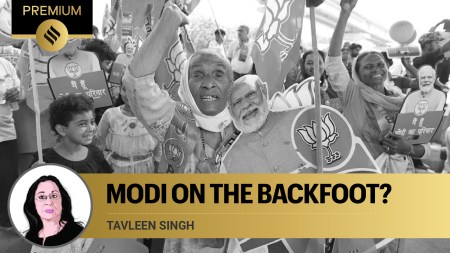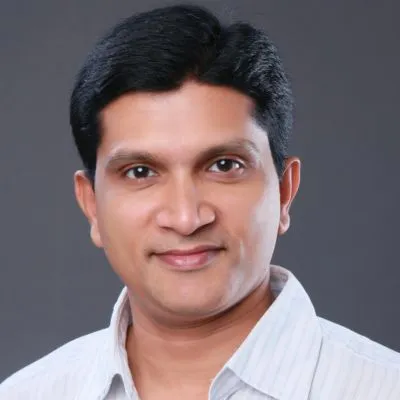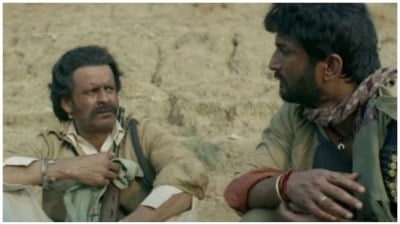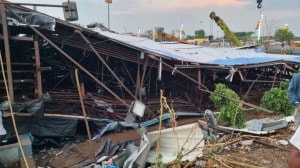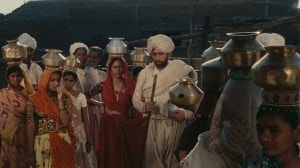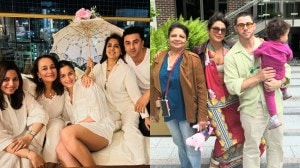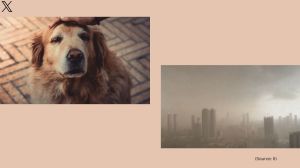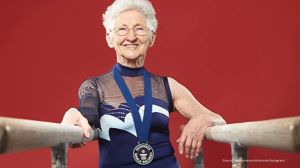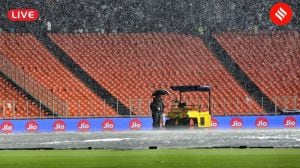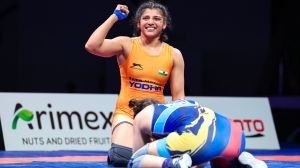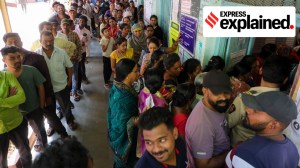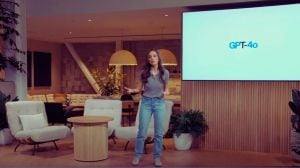- India
- International
Babri demolition 25 years later: How High Court saw answer in split verdict
The Allahabad High Court verdict of September 30, 2010, dividing the 2.77 acre disputed site in Ayodhya equally among the Nirmohi Akhara, Sunni Central Wakf Board, UP, and Ramlalla Virajman, came after proceedings that lasted 14 years.
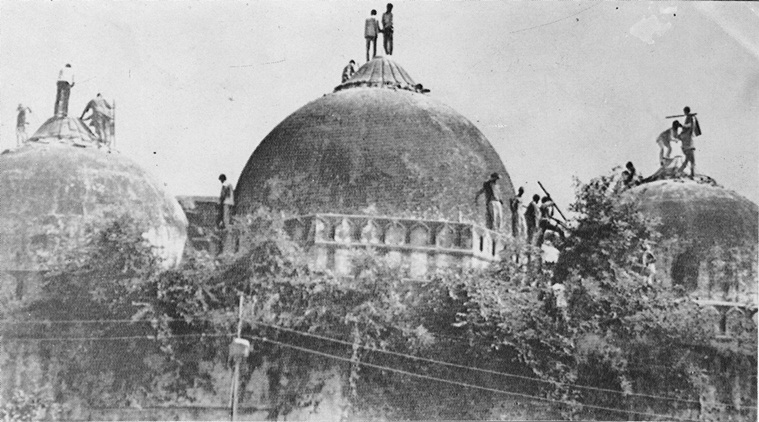 Babri Masjid in Ayodhya. (Express Archive)
Babri Masjid in Ayodhya. (Express Archive)
The Allahabad High Court verdict of September 30, 2010, dividing the 2.77 acre disputed site in Ayodhya equally among the Nirmohi Akhara, Sunni Central Wakf Board, UP, and Ramlalla Virajman, came after proceedings that lasted 14 years. On Tuesday, more than seven years after that ruling, the Supreme Court will start final hearings on cross-appeals against the HC order.
The HC Bench which heard the case initially comprised Justices S R Alam, Sudhir Agarwal and Dharam Veer Sharma. Justice Alam took charge as Chief Justice of Madhya Pradesh HC in December 2009, and was replaced on the Bench by Justice Sibghat Ullah Khan.
Oral evidence was recorded from July 24, 1996 to March 23, 2007. Eighty seven witnesses were examined; their testimony ran into 13,900 pages. More than a thousand reference books on history, culture, archaeology, religion, etc., in Sanskrit, Hindi, Urdu, Persian, Turkish, and French, etc., were presented, along with 533 exhibits.
In 2002, the HC suo motu ordered a georadiological survey of the ground under the premises using ground penetrating radar. The survey, by geophysical investigations consultancy Tojo-Vikas International (Pvt) Ltd., said some “anomalies were observed”, following which the HC on March 5, 2003, directed the Archaeological Survey of India to excavate the area. In its report submitted on August 25, 2003, the ASI described “remains which are distinctive features found associated with the temples of north India”.
Also Read | Whose title? Ayodhya returns to SC today
 By a majority of 2-1, (Justices Khan and Agarwal) the Bench ordered a three-way division of the disputed property. (Express archive)
By a majority of 2-1, (Justices Khan and Agarwal) the Bench ordered a three-way division of the disputed property. (Express archive)
Justices Khan, Agarwal and Sharma heard arguments afresh nonstop over 90 working days from January 11 to July 26, 2010. The Bench reserved its judgment on July 26 and made, the very next day, an attempt to explore the possibility of an amicable settlement. But “nothing substantial” emerged. On September 30, 2010, the verdict was pronounced. The judges wrote separate judgments; Justice Agarwal’s was the lengthiest, and ran into over 5,000 pages.

By a majority of 2-1, (Justices Khan and Agarwal) the Bench ordered a three-way division of the disputed property. Justice Sharma ruled that the entire premises belonged to Ramlalla and Sri Ram Janmabhoomi Asthan. The judges also differed on whether the Babri mosque was built after demolishing a temple.
Also Read | Cases before Lucknow bench of Allahabad High Court
Justice Agarwal recorded that “the disputed structure was not raised on a virgin, vacant, unoccupied, open land… There existed a structure, if not much bigger…, erstwhile structure was religious in nature and that too non-Islamic one… Material like stone, pillars, bricks, etc., of the erstwhile structure was used in raising the disputed structure”. He added, “it can safely be said that the erstwhile structure was a Hindu temple and it was demolished whereafter the disputed structure was raised.”
Justice Sharma said “Hindus have proved… that after demolition of the temple the mosque was constructed after re-using material and broken parts of the temple and the deities.” Justice Khan differed: “No temple was demolished for constructing the mosque. Mosque was constructed over the ruins of temples which were lying… since a very long time before the construction of mosque and some material thereof was used in construction of the mosque.” He added, however: “I have not delved too deep in the history and the archaeology” as it was not absolutely essential to decide these suits, and also because “having no pretence of knowledge of history I did not want to be caught in the crossfire of historians”.
THE CONSPIRACY CASE
After the demolition, the CBI lodged two FIRs: one against kar sevaks; the other against eight individuals: L K Advani, Ashok Singhal, Vinay Katiyar, Uma Bharti, Sadhvi Rithambara, Murli Manohar Joshi, Giriraj Kishore and Vishnu Hari Dalmia, charging them with promoting enmity between groups and acting in ways prejudicial to the maintenance of harmony.
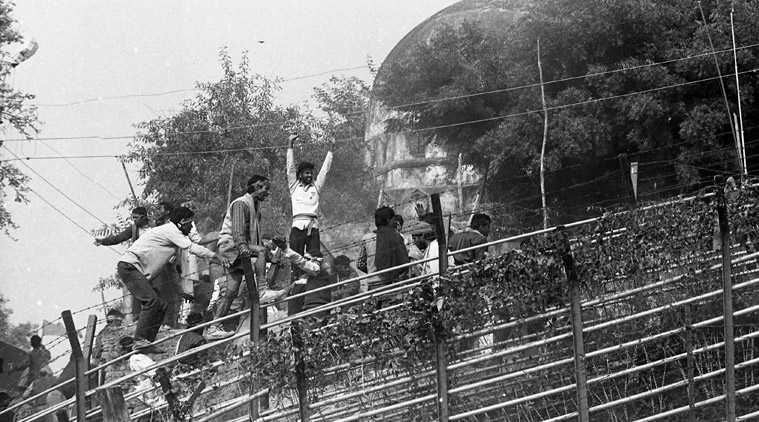 CBI had also filed an additional chargesheet against the eight accused before the Judicial Magistrate’s court in Rae Bareli. (Archive)
CBI had also filed an additional chargesheet against the eight accused before the Judicial Magistrate’s court in Rae Bareli. (Archive)
ON OCT 5, 1993, CBI filed a joint chargesheet against 48 persons including Advani, Joshi, Bharti and former UP CM Kalyan Singh, also charging them with criminal conspiracy, and acting deliberately to outrage religious feelings.
ON SEPT 9, 1997, the Special Judge, Lucknow, ruled that there was a prima facie case against all the accused for framing charges of criminal conspiracy. By then, the state government had sent the first FIR for trial to the Special Court, Lucknow; it subsequently sent the second FIR, too, to the Lucknow court. The Lucknow Bench of the HC struck this down on February 12, 2001, saying proper procedure was not followed. Accordingly, the September 9 order which applied to the eight accused named in the second FIR was set aside.
CBI had also filed an additional chargesheet against the eight accused before the Judicial Magistrate’s court in Rae Bareli. On May 22, 2010, the High Court upheld the dropping of proceedings against 21 persons including Advani and Joshi. On appeal, a Supreme Court Bench of Justices P C Ghose and R F Nariman revived the criminal conspiracy charges against Advani, Joshi and six others, transferred the Rae Bareli case to the Lucknow court, and ordered day-to-day trial, to be completed in two years.
More Explained
EXPRESS OPINION
May 13: Latest News
- 01
- 02
- 03
- 04
- 05



